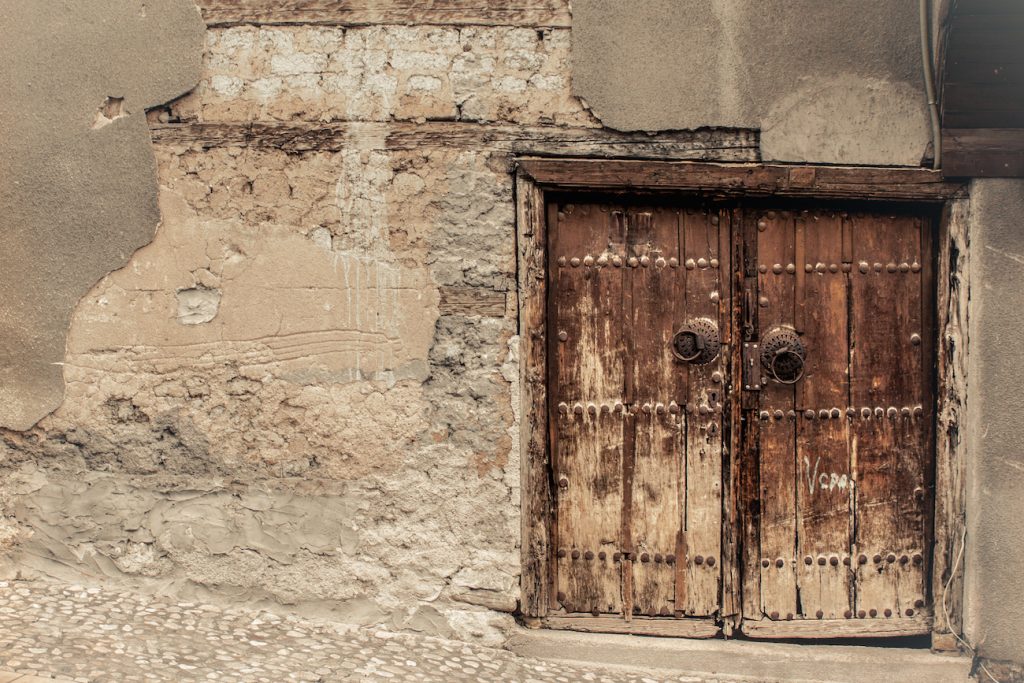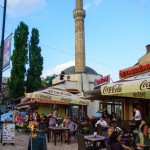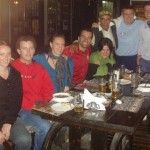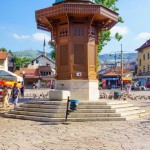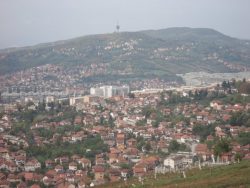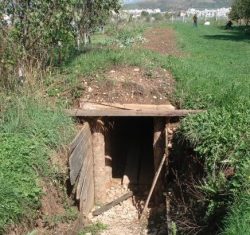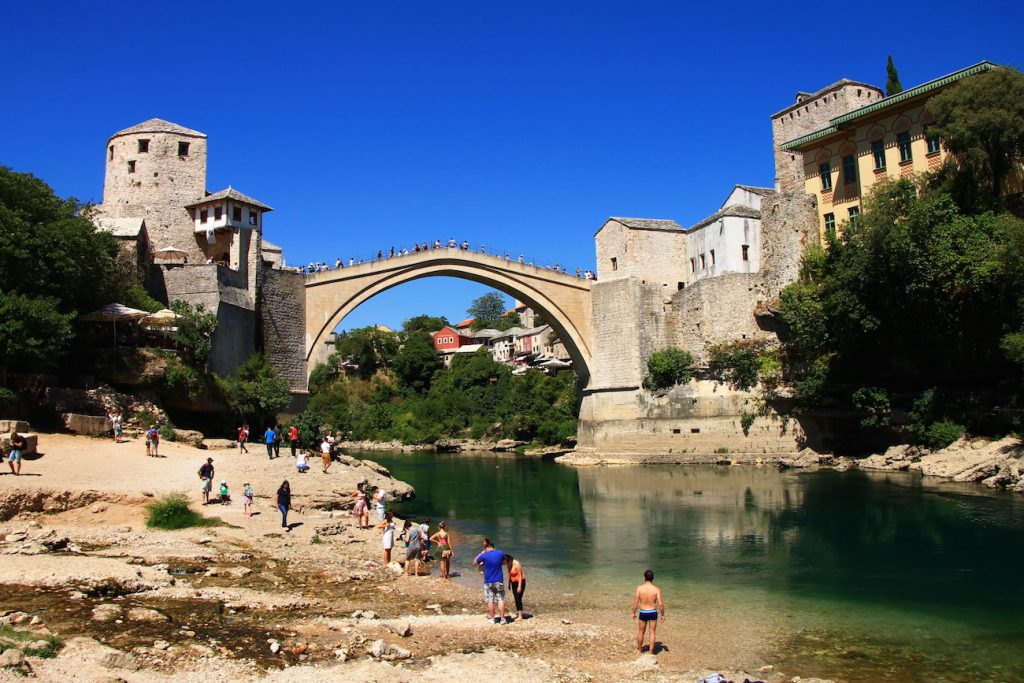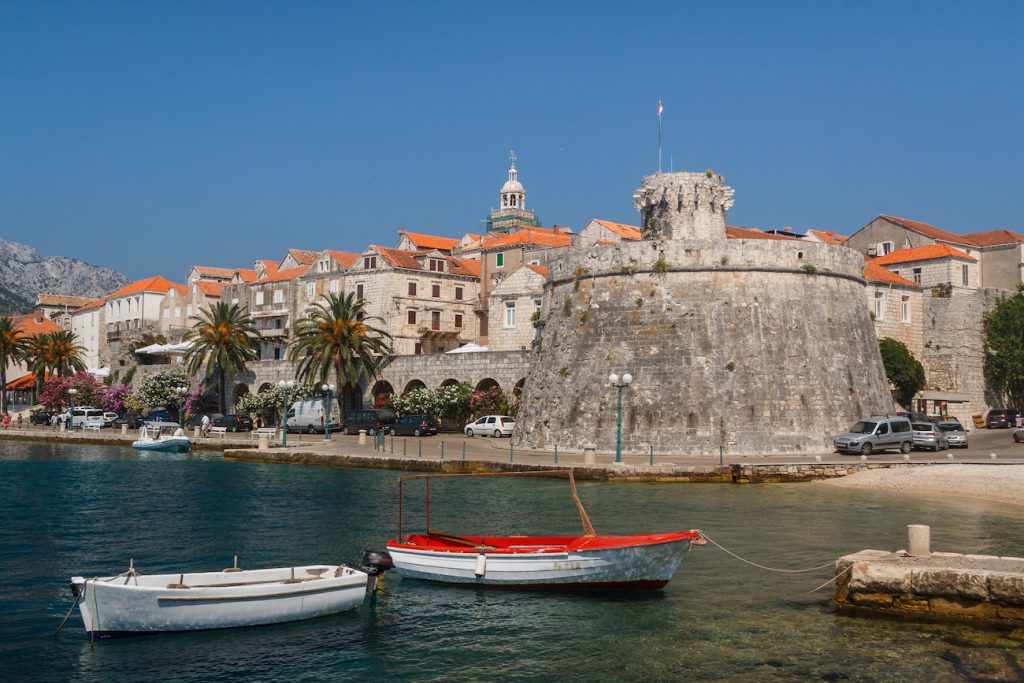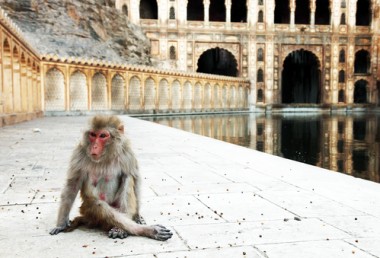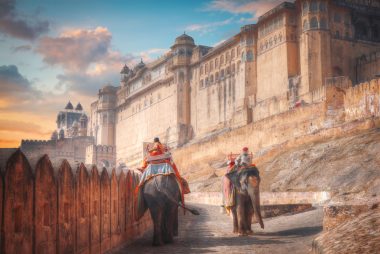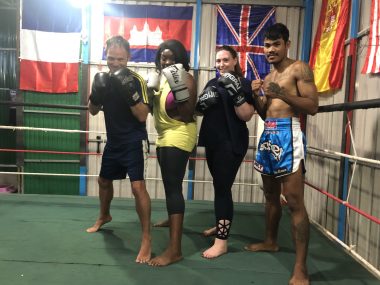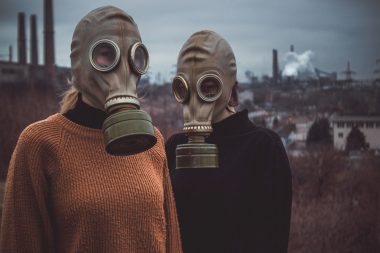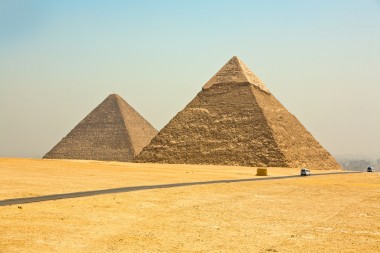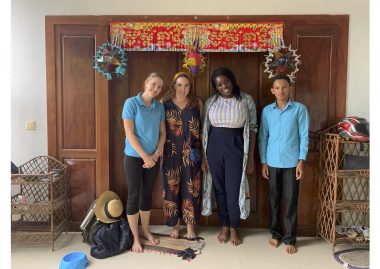Sarajevo
My sister and I arrived in Sarajevo by bus from Montenegro. I’m not sure we knew what to expect – we are fairly well travelled but I don’t always think that is a good thing as after a time you begin to lose that emotional connection and excitement about visiting a new place that you get when you visit begin travelling the world. Sarajevo bought all of that back.
It´s not just the beauty of the Old town, the stories of ‘Sarajevo under siege’ or even the bullet holes all over the city. It´s the people that make the city so memorable. It sounds overly sentimental but they are so warm and welcoming and willing to share their devastating stories of their families ripped apart, these are fresh wounds and you feel their pain but you also are distinctly aware of their yearning to move on and leave the war in the past. It’s unfortunate but the war is inescapable and constantly tied to the reputation of the city.
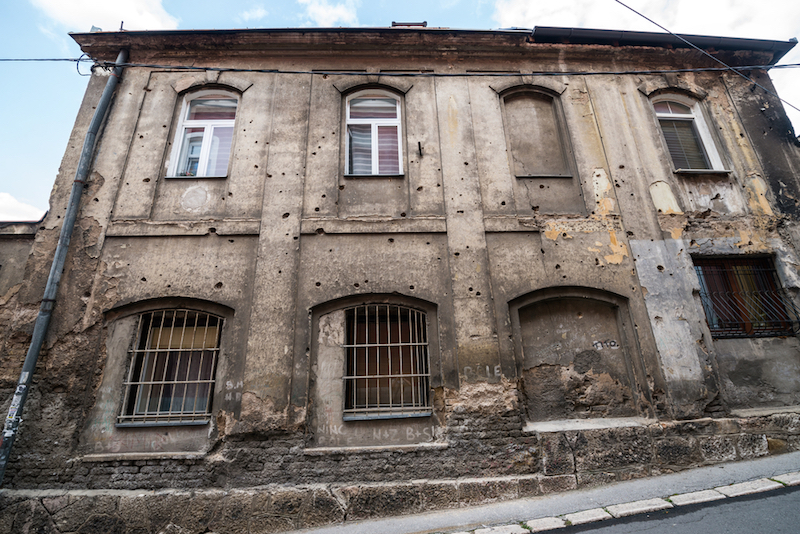
It´s an emotional place and difficult to describe, at times we have felt incredibly sad, but the intriguing history and strength of people makes your heart feel light and we’ve felt inspired. It is one place that I’ve felt compelled to ask endless questions and feel like it has made a long-lasting impression.
Here are some of the most memorable places we visiting while in Sarajeveo:
The antique stone-flagged alleys of Baščaršija give the delightful Old Town core a certain Turkish feel.
Baščaršija is located on the north bank of the river Miljacka, in the municipality of Stari Grad. On Baščaršija there are several important historic buildings, such as the Gazi Husrev-beg Mosque and sahat-kula. Today Baščaršija is the major tourist attraction of Sarajevo and a great place to wander around and soak up the atmosphere and find some great Borek to eat.
The Sarajevo’s Tunnels, this unmissable museum’s centrepiece and raison d’être is a short section of the 1m wide, 1.6m high hand-dug tunnel under the airport runway which acted as the city’s lifeline to the outside world during the 1992–95 siege when Sarajevo was virtually surrounded by Serb forces.
The owner of the hostel that we stayed at brought us to this museum and also shared his story with us he was just a child during the war.
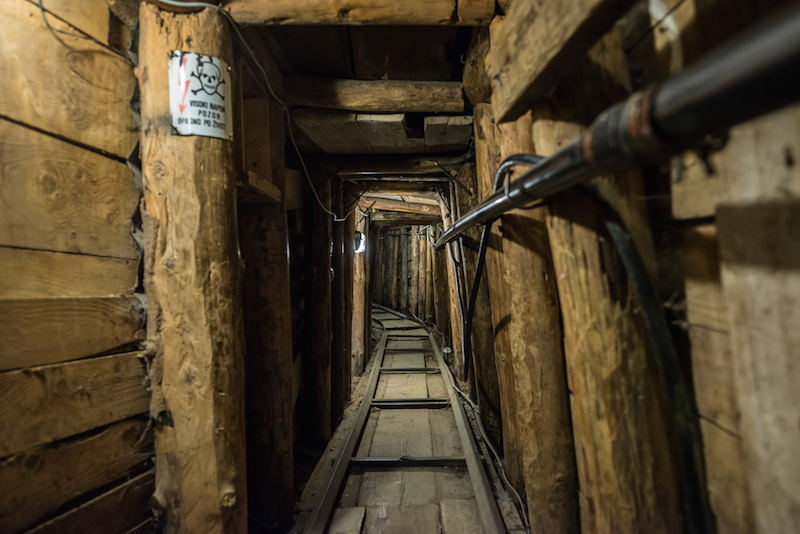
During the siege Butmir was the last Bosniak-held part of the city still linked to the outside world. However, between Butmir and the rest of Sarajevo lies the airport runway. Although that was supposedly neutral and under tenuous UN control, crossing it would have been suicidal during the conflict. The solution, in extremis, was an 800m tunnel beneath the runway, eventually equipped with rails to help transport food and arms. That proved just enough to keep Sarajevo supplied during nearly four years of siege. Most of the tunnel has since collapsed, but this museum lets you walk through the short section that survives. Photos and maps are displayed around the shell-pounded house that hid the tunnel entrance, there’s a new museum section of tools and documents, and the garden houses a demonstration minefield as well as two projection rooms showing two wordless videos: five minutes’ footage of the city bombardment and around 12 minutes depicting the wartime tunnel experience.
The cemeteries in Sarajevo are hard to miss, this was just one of many that are open to tourists to visit.
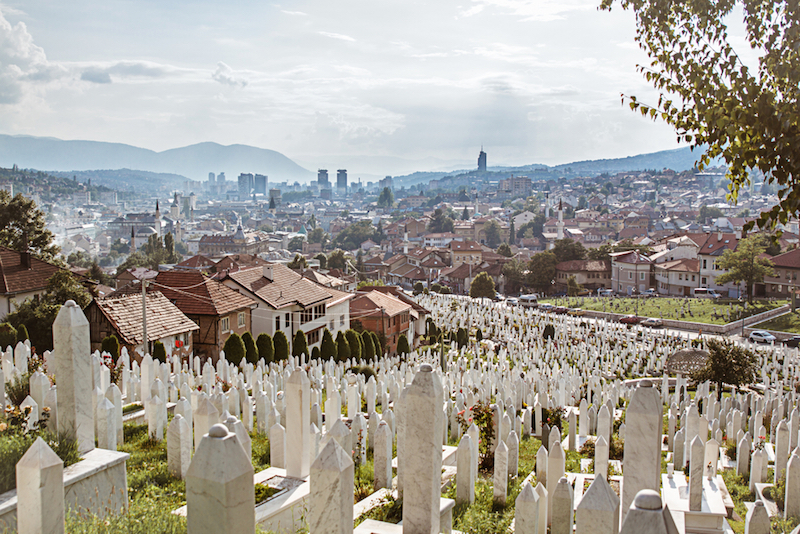
The volume of graves at these cemeteries is bewildering.
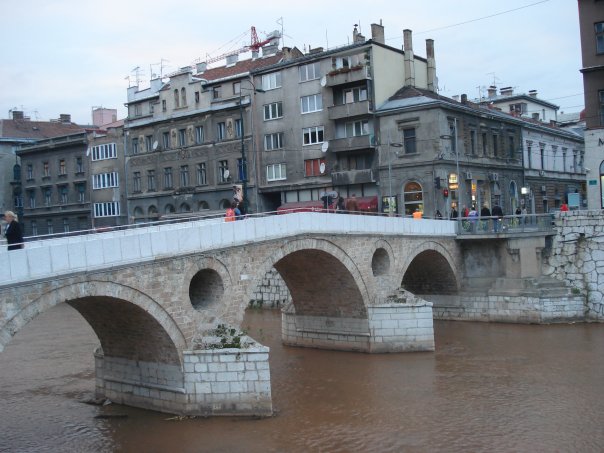
This bridge in Sarajevo is steeped in history. It is referred to as the place where WWI started.
On the 28th of June, 1914, Sarajevo found itself in the epicentre of world politics. Gavrilo Princip, an 18-year-old schoolboy, assassinated Archduke Franz Ferdinand, the heir apparent to the Austro-Hungarian Empire.
This act triggered a chain of events of global magnitude. Europe’s empires were on a collision course for decades, now a clash was inevitable. A month later the world was at war.
On that fateful day in June, Princip did not act alone. He was part of a group composed of young men of all three Bosnian nationalities. No less than five assassins awaited the Archduke that morning in Sarajevo. The first three failed in their attempts. Princip succeeded only by chance.
The first two assassins watched as the motorcade of the Archduke rolled by, and with bombs and pistols in hand, they failed to act. Finally, a third assassin threw his bomb, but the bomb bounced off the car’s roof and into the street, where it exploded and wounded the crowd. That assassin attempted to swallow a cyanide pill and jump into the river, but he promptly vomited up the pill and as the river was only 4 inches deep he was easily apprehended very much alive.
Princip, who was a relatively minor player in the plot, on hearing that the assassination had failed, went to get a sandwich. It was only when he happened to see the motorcade driving by him, that he hastily pulled out his pistol and shot both the Archduke and the Duchess Sophie dead. Franz Ferdinand’s last words were, “Sophie, Sophie! Don’t die! Live for our children!” followed by him repeatedly saying, “It is nothing. It is nothing. It is nothing.” They both died seated upright in the car before they could receive medical attention.
Gavrilo Princip died in an Austrian prison awaiting the conclusion of his trial.
